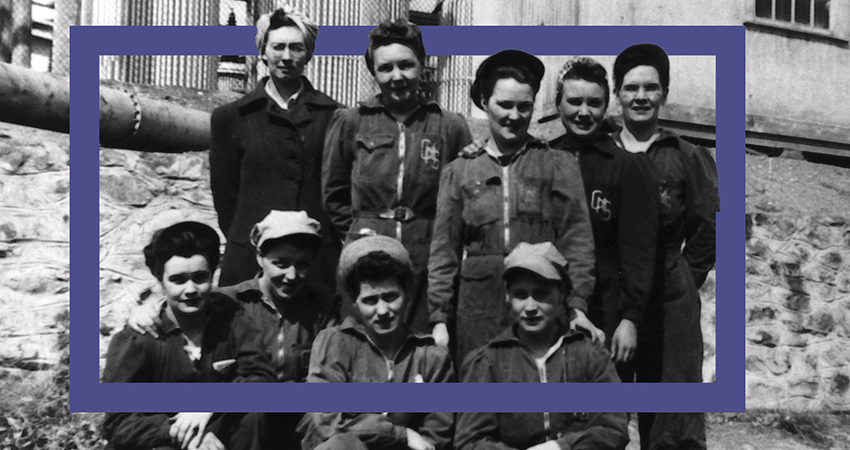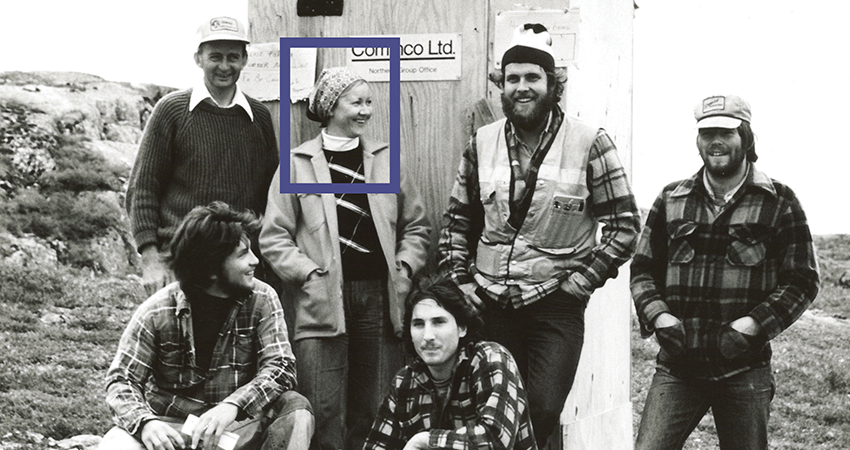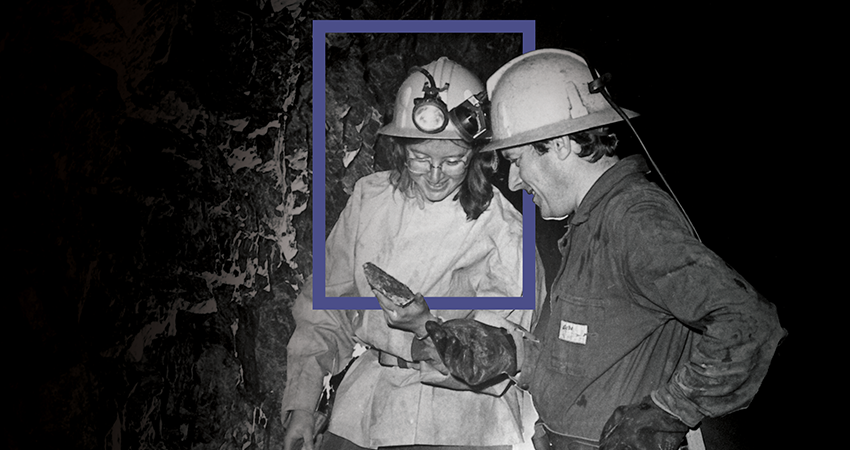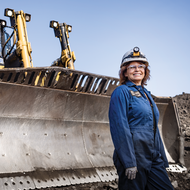A Historical Look at Women in Mining in Canada
As a result of efforts by women and men who pressed for progress, gender equality in the workplace has been greatly improved over the last century in many industries, including mining.
While women played important roles in mining in the early colonial days—some prospected, owned mines and raised capital, while others provided services to miners through hotels, stores and roadhouses—in 1877, women were legally restricted from working in underground coal mines in British Columbia. Nationally, this same restriction was legislated with the passing of the Ontario Mining Act in 1890, which included “the prohibition of any girl or women in or about any mine.”
Amendments to the Act in 1912 allowed companies to begin hiring women in technical or clerical capacities, but it wasn’t until a temporary lift of the ban during the  Second World War that women were hired for operational positions. Women were encouraged to enter the workforce, and their response was swift and enthusiastic, rushing to work in a number of areas, from plant maintenance to stenographic services. Some were also trained as emergency response volunteers.
Second World War that women were hired for operational positions. Women were encouraged to enter the workforce, and their response was swift and enthusiastic, rushing to work in a number of areas, from plant maintenance to stenographic services. Some were also trained as emergency response volunteers.
For Teck specifically, women in Trail and Kimberley, B.C. made significant contributions in support of community war efforts, which opened doors to wider possibilities of future employment. Although the number of female employees in mining decreased after the war, as men who had left roles to join the Armed Forces returned from overseas, the belief that women were not suited for certain jobs had been amply disproved.
The 1970s marked the next significant shift towards workplace equality, as human rights legislation that included gender as grounds for discrimination was enacted for the first time in Canada, and in 1974, Teck (Cominco Limited at the time) petitioned the Worker’s Compensation Board for an exemption in order to hire women. Women then began taking on roles at surface sites and in underground mining in 1978.
 The changes outlined here are just a few of the many that have taken place since the 1900s, and while much progress has been made, there is still more to do. As the next phase of progress takes shape, it will be built on a strong foundation laid by those early women in mining.
The changes outlined here are just a few of the many that have taken place since the 1900s, and while much progress has been made, there is still more to do. As the next phase of progress takes shape, it will be built on a strong foundation laid by those early women in mining.
A version of this article was originally published in Connect, Volume 9. For more stories from previous issues, visit the Connect archives.



